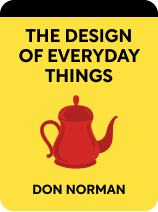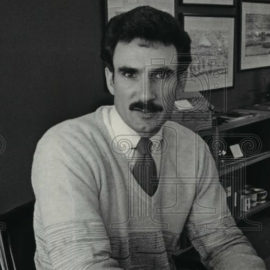

This article is an excerpt from the Shortform book guide to "The Design of Everyday Things" by Don Norman. Shortform has the world's best summaries and analyses of books you should be reading.
Like this article? Sign up for a free trial here .
What is UX storytelling? How can you use it to create better designs?
UX storytelling is a user experience ideology that recognizes that an object has to tell a cohesive story. The user doesn’t have to fully understand how it works, but they do need a sense of a cohesive story.
Read more about UX storytelling and how it works.
The Role of UX Storytelling
Root cause analysis helps us make sense of other people’s behavior. To understand our own behavior, we turn to stories. Humans are born storytellers. When we’re faced with a jumble of information, our natural instinct is to organize it into a story that explains cause and effect. Stories help us make sense of our world and our place in it.
Reorganizing information into a cohesive story is usually a subconscious process. We operate under the assumption that there must be an underlying pattern connecting different pieces of information in a way that makes sense, regardless of whether such a pattern actually exists. In practice, this means that humans are really good at coming up with stories to explain our experiences, but not so good at determining whether those stories are actually true.
When it comes to understanding our physical environment, these stories take the form of conceptual models. We create a mental story to explain how something works, connecting whatever bits of evidence we have about that object into cause and effect patterns that make sense to us (but may be totally false).
A common source of false conceptual models is thermostats. Because a thermostat is such a small peek into a complex heating and cooling system, it gives us very few clues as to how it actually works. All we know is that if we’re too cold, we press a few buttons on the thermostat and the room eventually gets warmer. All the steps between “press buttons” and “feel warmer” are hidden and left to the imagination. This leads people to assume the thermostat controls a valve that opens a certain amount based on the setting, and that setting it higher will warm the room faster. In reality, most thermostats are a simple on/off switch, so setting a higher temperature has no effect on how fast the room warms up.
There are many benefits to UX storytelling and using this method can create a better user experience.

———End of Preview———
Like what you just read? Read the rest of the world's best book summary and analysis of Don Norman's "The Design of Everyday Things" at Shortform .
Here's what you'll find in our full The Design of Everyday Things summary :
- How psychology plays a part in the design of objects you encounter daily
- Why pushing a door that was meant to be pulled isn't your fault
- How bad design leads to more human errors






